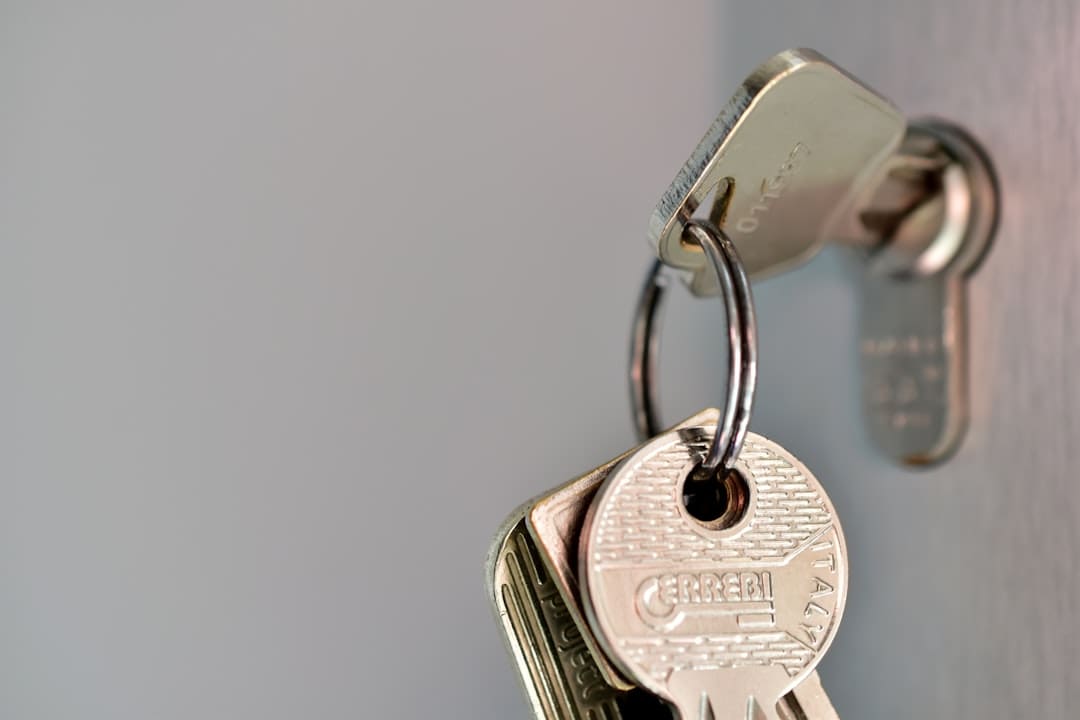Brute force attacks are a prevalent hacking technique used to gain unauthorized system or account access. This method involves systematically attempting every possible password combination until the correct one is identified. Attackers employ automated tools to rapidly input various character combinations, typically beginning with simple and commonly used passwords.
Upon discovering the correct password, the attacker can access sensitive information, compromise the system, or perform malicious activities. To effectively defend against brute force attacks, it is essential to comprehend the techniques employed by attackers and identify potential system vulnerabilities. Understanding the mechanics of these attacks enables the implementation of robust security measures to prevent unauthorized access and protect valuable data.
The consequences of successful brute force attacks can be severe for both individuals and organizations, potentially resulting in data breaches, financial losses, and reputational damage. Taking proactive measures to guard against these attacks and ensure the security of systems and accounts is of paramount importance.
Key Takeaways
- Brute force attacks are a common method used by hackers to gain unauthorized access to systems by trying multiple password combinations.
- Strong password policies, including the use of complex and unique passwords, can help prevent brute force attacks and enhance overall security.
- Multi-factor authentication adds an extra layer of security by requiring users to provide multiple forms of verification before accessing a system or application.
- Limiting login attempts can help prevent brute force attacks by locking out users after a certain number of failed login attempts.
- Monitoring and logging login attempts can provide valuable insights into potential security threats and help identify and respond to suspicious activity.
- Keeping software and systems updated with the latest security patches and updates is crucial for protecting against known vulnerabilities and reducing the risk of brute force attacks.
- Educating users on security best practices, such as avoiding password reuse and being cautious of phishing attempts, can help strengthen overall security posture and reduce the risk of successful brute force attacks.
Implementing Strong Password Policies
Password Length and Complexity
To provide an extra layer of security, passwords should be at least 12 characters long. This makes it significantly harder for hackers to crack the password using brute force methods.
Password Rotation and Lockout Policies
Enforcing regular password changes can reduce the risk of unauthorized access. By requiring users to update their passwords at regular intervals, you can minimize the likelihood of a successful brute force attack. Additionally, implementing password lockout policies can help prevent hackers from repeatedly attempting to guess passwords. This is achieved by temporarily locking the account after a certain number of failed login attempts.
User Education and Empowerment
Educating users on the importance of strong password practices is essential for maintaining a secure environment. By providing guidance on creating and managing strong passwords, you can empower users to take an active role in protecting their accounts and the overall security of the organization.
Utilizing Multi-Factor Authentication

In addition to strong password policies, utilizing multi-factor authentication (MFA) can significantly enhance security and protect against brute force attacks. MFA requires users to provide two or more forms of verification before gaining access to an account or system. This typically includes something the user knows (such as a password), something they have (such as a mobile device or security token), or something they are (such as a fingerprint or facial recognition).
By implementing MFA, even if a hacker manages to obtain a user’s password through a brute force attack, they would still need additional verification to access the account. This adds an extra layer of security and makes it much more difficult for unauthorized individuals to gain access. MFA is an effective way to mitigate the risk of unauthorized access and protect sensitive information.
By requiring multiple forms of verification, organizations can significantly reduce the likelihood of successful brute force attacks and enhance overall security.
Limiting Login Attempts
| Metrics | Value |
|---|---|
| Number of login attempts allowed | 3 |
| Lockout duration | 10 minutes |
| Notification on failed login attempts | Enabled |
Another important measure for preventing brute force attacks is to limit the number of login attempts allowed before an account becomes locked or temporarily disabled. By setting a threshold for failed login attempts, you can prevent hackers from repeatedly trying different password combinations in rapid succession. Limiting login attempts not only deters brute force attacks but also helps protect against other types of unauthorized access attempts.
By implementing this measure, you can reduce the risk of compromised accounts and enhance the overall security of your systems and applications. Educating users on the importance of limiting login attempts and the potential risks associated with multiple failed login attempts is crucial for maintaining a secure environment. By raising awareness about this security measure, you can empower users to take an active role in protecting their accounts and preventing unauthorized access.
Monitoring and Logging Login Attempts
Monitoring and logging login attempts is essential for detecting and responding to potential brute force attacks. By keeping track of all login attempts, including successful and failed ones, you can identify any suspicious activity and take appropriate action to mitigate potential security threats. Logging login attempts provides valuable information that can be used to analyze patterns and trends in unauthorized access attempts.
This data can help identify potential vulnerabilities in the system and inform security measures to prevent future attacks. Regularly reviewing login logs and monitoring for any unusual patterns or spikes in failed login attempts can help organizations stay ahead of potential security threats. By staying vigilant and proactive in monitoring login attempts, organizations can effectively defend against brute force attacks and maintain a secure environment.
Keeping Software and Systems Updated

Keeping software and systems updated is crucial for protecting against brute force attacks and other security threats. Outdated software and systems are more vulnerable to exploitation by hackers, as they may contain known security vulnerabilities that can be targeted for unauthorized access. Regularly installing updates and patches for operating systems, applications, and security software is essential for maintaining a secure environment.
By staying current with software updates, organizations can address known vulnerabilities and reduce the risk of successful brute force attacks. Educating users on the importance of keeping software and systems updated is essential for maintaining a secure environment. By raising awareness about the potential risks associated with outdated software, organizations can empower users to take an active role in protecting their systems and data.
Educating Users on Security Best Practices
Educating users on security best practices is essential for maintaining a secure environment and protecting against brute force attacks. By providing guidance on creating strong passwords, implementing multi-factor authentication, limiting login attempts, monitoring and logging login activity, and keeping software updated, organizations can empower users to take an active role in safeguarding their accounts and systems. Regular training sessions, security awareness programs, and communication about potential security threats can help raise awareness among users about the importance of following best practices for maintaining a secure environment.
By fostering a culture of security awareness, organizations can create a strong line of defense against potential security threats such as brute force attacks. In conclusion, understanding the methods used in brute force attacks and implementing effective security measures such as strong password policies, multi-factor authentication, limiting login attempts, monitoring and logging login activity, keeping software updated, and educating users on security best practices are essential for protecting against unauthorized access and maintaining a secure environment. By taking proactive steps to defend against potential security threats, organizations can significantly reduce the risk of successful brute force attacks and enhance overall security.
If you’re interested in learning more about preventing brute force attacks in the metaverse, check out this article on blockchain technology. It discusses how blockchain can be used to enhance security and prevent unauthorized access in virtual worlds.
FAQs
What is brute force attack?
A brute force attack is a trial-and-error method used to obtain information such as a user password or personal identification number (PIN). In a brute force attack, automated software is used to generate a large number of consecutive guesses as to the value of the desired data.
How can brute force attacks be prevented?
Brute force attacks can be prevented by implementing strong password policies, using multi-factor authentication, limiting login attempts, and using CAPTCHA or reCAPTCHA to prevent automated login attempts.
What are some best practices to prevent brute force attacks?
Some best practices to prevent brute force attacks include using complex and unique passwords, implementing account lockout policies, regularly updating software and security patches, and monitoring and logging login attempts for suspicious activity.
What are the potential risks of a successful brute force attack?
A successful brute force attack can lead to unauthorized access to sensitive information, financial loss, identity theft, and compromised system security. It can also result in reputational damage for individuals or organizations.











Leave a Reply